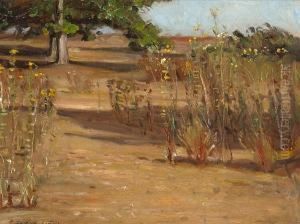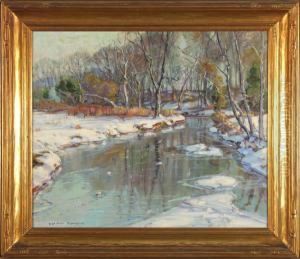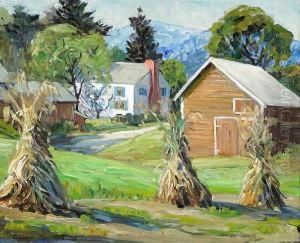George Gardner Simons Paintings
George Gardner Simons III was an American artist, born in 1876 in Hartford, Connecticut, and who passed away in 1952. His life and career spanned a period of significant change and development in American art, bridging the gap between the late 19th century's focus on realism and the emergence of modernist sensibilities in the early to mid-20th century. Simons was known primarily for his work as a painter, but he also explored other mediums, including printmaking and sculpture.
Simons' artistic journey began with his education, which was notably marked by his studies in Europe, a common practice among American artists of his time seeking classical training and exposure to the burgeoning movements in European art. He was particularly influenced by the Impressionist movement, which is evident in his use of light and color, although he never fully abandoned the more structured, realistic approaches he learned early in his career.
Throughout his life, Simons was an active participant in the American art scene. He exhibited widely, including at prestigious venues such as the National Academy of Design and the Pennsylvania Academy of the Fine Arts, reflecting his recognition and respect among his peers. His subjects ranged from landscapes and urban scenes to portraits, capturing the essence of American life and environments with a unique blend of realism and impressionistic touches.
Despite his accomplishments, George Gardner Simons III remains a somewhat lesser-known figure in American art history. His work, however, continues to be appreciated by collectors and historians for its contribution to the narrative of American art's evolution during a pivotal period. His legacy is preserved in the collections of various American museums and in the memories of those who champion the diverse trajectories of American artists in the transition from the 19th to the 20th century.


